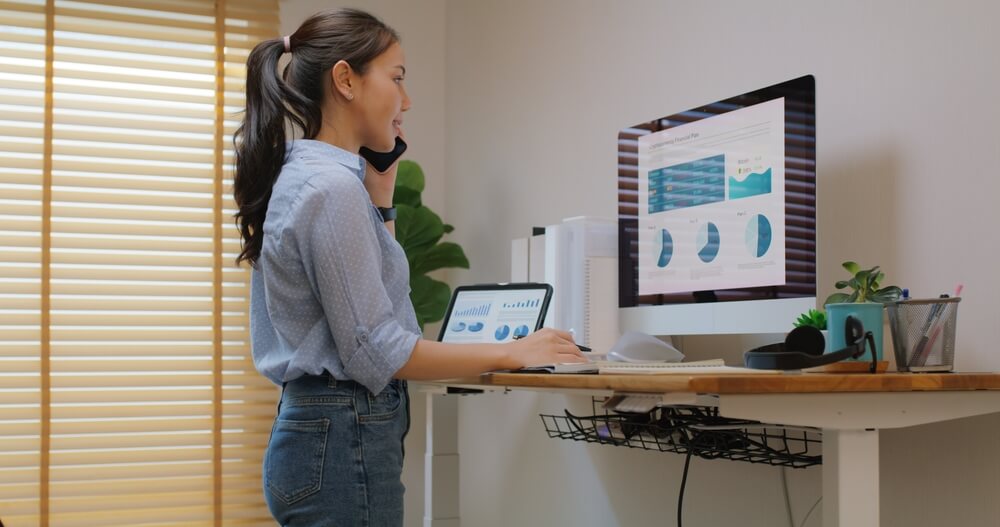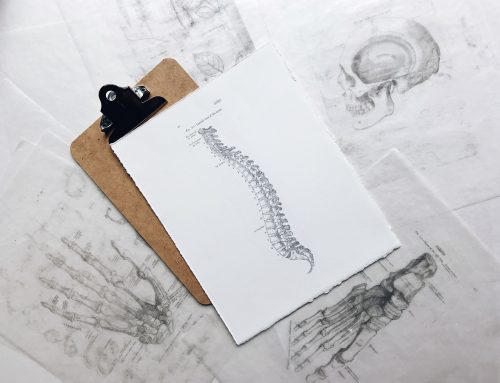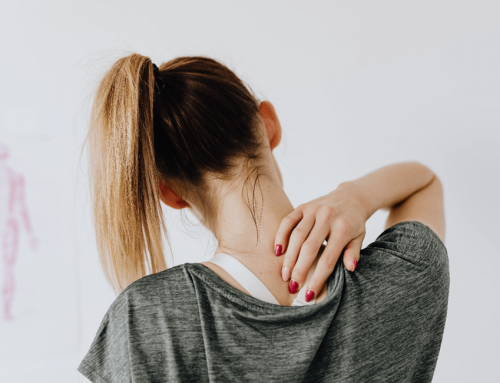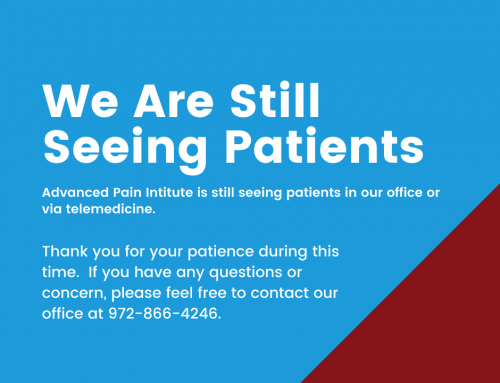
Building a Pain-Friendly, Ergonomic Workspace
Creating a workspace that minimizes pain and maximizes comfort is essential for anyone who spends long hours working at a desk. Whether you work from home or in an office, designing a pain-friendly workspace can significantly impact your well-being and productivity. In this article, we’ll explore practical tips and strategies to help you build a workspace that promotes comfort and reduces pain.
Understanding the Importance of Ergonomics
Ergonomics is the science of designing and arranging things so that people can use them easily and safely. In the context of a workspace, ergonomics focuses on creating an environment that supports your body and minimizes discomfort. Why is this important? Imagine trying to write with a pen that’s too small for your hand. It would be uncomfortable and inefficient. The same principle applies to your workspace.
What is Ergonomics?
Ergonomics involves adjusting your workspace to fit your needs, reducing strain, and preventing injuries. This includes everything from the height of your chair to the position of your monitor.
Choosing the Right Chair
Your chair is one of the most crucial elements of your workspace. A good chair supports your lower back, encourages good posture, and is adjustable to fit your body.
Features to Look For
When choosing a chair, look for these features:
- Adjustable Height: Your feet should be flat on the floor, with your knees at a 90-degree angle.
- Lumbar Support: A good chair should support the natural curve of your lower back.
- Comfortable Cushion: A cushioned seat reduces pressure on your hips and tailbone.
Optimal Desk Setup
Your desk should be at a height that allows you to work comfortably without straining your shoulders or wrists.
Desk Height
The ideal desk height depends on your height and the type of work you do. For most people, a desk height of 28-30 inches is suitable.
Desk Layout
Keep frequently used items within easy reach to avoid unnecessary stretching. Use trays or organizers to keep your workspace tidy.
Keyboard and Mouse Positioning
Proper keyboard and mouse placement can prevent repetitive strain injuries and enhance comfort.
Positioning Tips
- Keyboard: Your keyboard should be at a height that allows your wrists to be straight and your elbows at a 90-degree angle.
- Mouse: Place your mouse close to your keyboard to minimize reaching.
Monitor Placement
Your monitor should be at eye level to prevent neck strain.
Ideal Monitor Position
- Height: The top of your monitor should be at or slightly below eye level.
- Distance: Position your monitor about an arm’s length away from your eyes.
Lighting and Its Impact
Good lighting reduces eye strain and improves overall comfort.
Natural vs. Artificial Light
Whenever possible, use natural light to illuminate your workspace. Position your desk near a window but avoid glare on your screen.
Artificial Lighting
Use a desk lamp with adjustable brightness to reduce eye strain during darker hours.
Incorporating Movement Breaks
Sitting for long periods can lead to stiffness and discomfort. Incorporating regular movement breaks is essential.
Simple Stretching Exercises
- Neck Stretches: Gently tilt your head to each side to stretch your neck muscles.
- Shoulder Rolls: Roll your shoulders forward and backward to release tension.
- Leg Stretches: Stand up and stretch your legs to improve circulation.
Creating a Clutter-Free Environment
A tidy workspace promotes focus and reduces stress.
Decluttering Tips
- Organize Supplies: Keep only necessary items on your desk.
- Use Storage Solutions: Use shelves, drawers, and organizers to store items neatly.
Using Supportive Accessories
Supportive accessories can enhance comfort and prevent pain.
Useful Accessories
- Footrests: A footrest can help maintain proper posture if your feet don’t reach the floor.
- Wrist Rests: These support your wrists and prevent strain while typing.
Maintaining Good Posture
Good posture is key to a pain-free workspace.
Posture Tips
- Sit Upright: Keep your back straight and shoulders relaxed.
- Feet Flat: Your feet should be flat on the floor or on a footrest.
- Elbows at 90 Degrees: Keep your elbows at a 90-degree angle while typing.
Personalizing Your Workspace
Personalizing your workspace can make it more enjoyable and comfortable.
Adding Personal Touches
- Photos and Plants: Add personal photos or plants to make your space feel more inviting.
- Comfort Items: Use items like cushions or blankets to add comfort.
Managing Stress at Work
Managing stress is crucial for maintaining a healthy and comfortable workspace.
Stress Management Techniques
- Deep Breathing: Practice deep breathing exercises to relax.
- Mindfulness: Take short breaks to practice mindfulness or meditation.
- Stay Organized: Keeping your workspace organized can reduce stress.
Setting Up a Home Office
If you work from home, setting up a dedicated home office is essential for comfort and productivity.
Home Office Essentials
- Quiet Space: Choose a quiet space free from distractions.
- Proper Furniture: Invest in ergonomic furniture to support your body.
- Good Lighting: Ensure your home office has good lighting to reduce eye strain.
Benefits of a Pain-Friendly Workspace
A pain-friendly workspace offers numerous benefits, including improved comfort, productivity, and overall well-being.
Key Benefits
- Reduced Pain: Proper ergonomics can reduce pain and discomfort.
- Increased Productivity: A comfortable workspace can boost your productivity.
- Better Health: A well-designed workspace can improve your overall health and well-being.
Conclusion
Building a pain-friendly workspace is an investment in your health and productivity. By understanding the importance of ergonomics, choosing the right furniture, and making simple adjustments, you can create a workspace that supports your body and reduces pain. Remember, your workspace should work for you, not against you. Take the time to set it up correctly, and you’ll reap the benefits in the long run.
FAQs
1. What is the best chair for a pain-friendly workspace?
The best chair for a pain-friendly workspace should have adjustable height, lumbar support, and a comfortable cushion. It should support your lower back and encourage good posture.
2. How can I reduce eye strain while working?
To reduce eye strain, ensure your workspace is well-lit, position your monitor at eye level, and take regular breaks to rest your eyes. Using a desk lamp with adjustable brightness can also help.
3. What are some good stretches to do at my desk?
Simple stretches like neck stretches, shoulder rolls, and leg stretches can help reduce stiffness and improve circulation. Incorporate these stretches into your daily routine.
4. How can I keep my workspace clutter-free?
Keep only necessary items on your desk, use storage solutions like shelves and drawers, and regularly declutter your workspace to maintain a tidy environment.
5. What accessories can help create a pain-friendly workspace?
Supportive accessories like footrests, wrist rests, and ergonomic keyboards can enhance comfort and prevent pain. Invest in these accessories to improve your workspace ergonomics.
By following these tips and incorporating them into your daily routine, you can create a pain-friendly workspace that promotes comfort and productivity. Remember, a well-designed workspace is an investment in your well-being.
Share this article
Follow us
A quick overview of the topics covered in this article.











